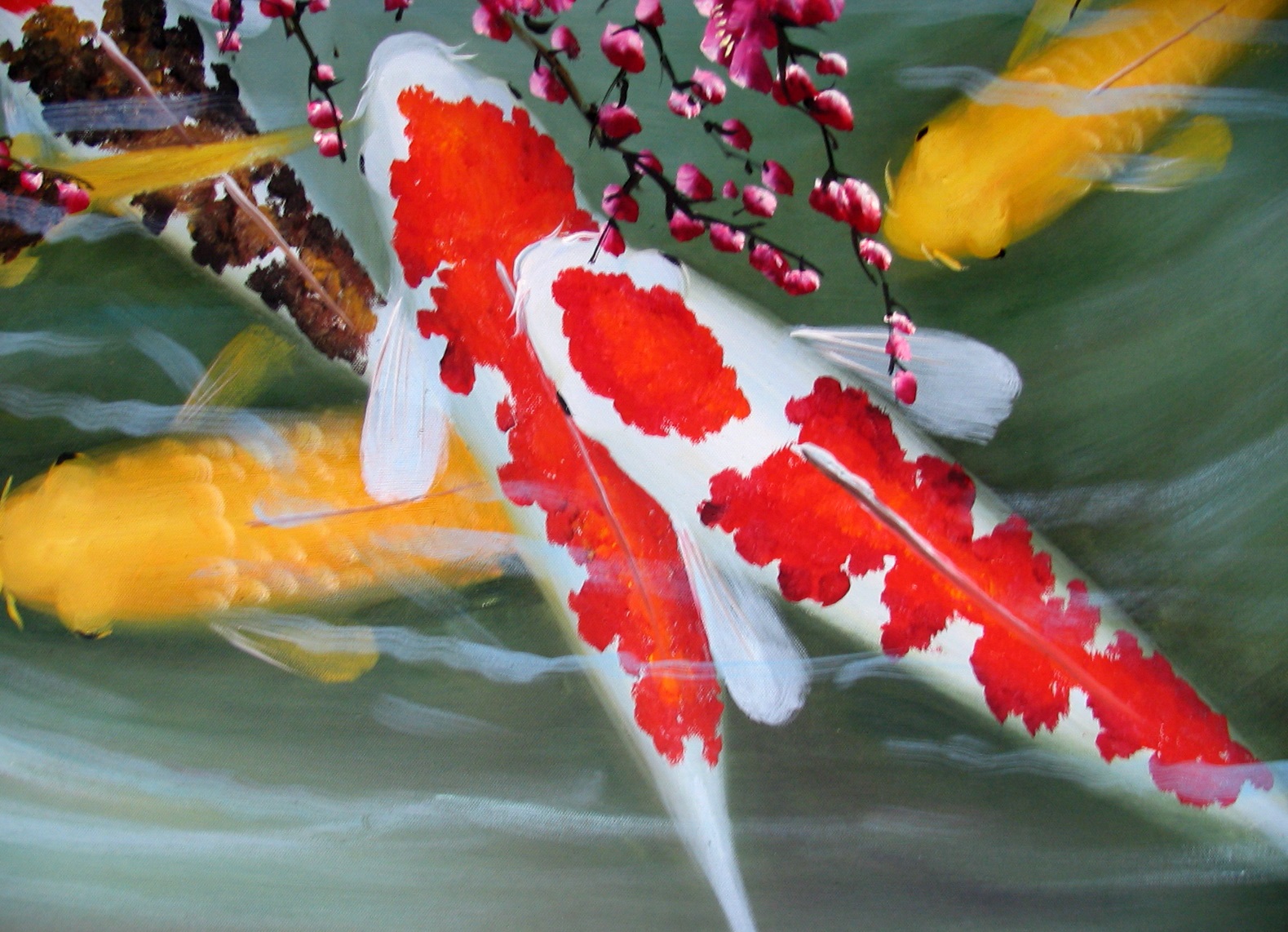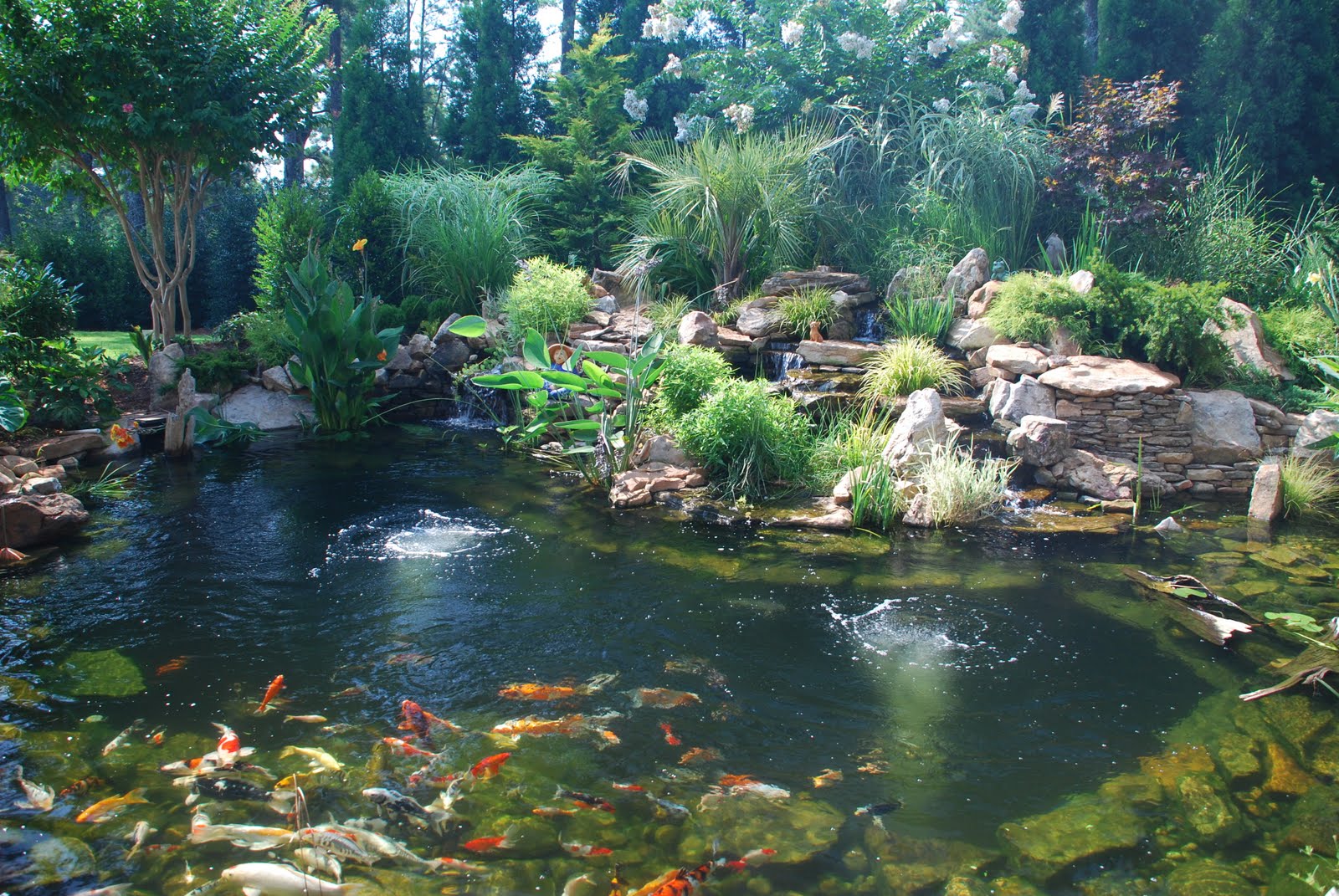What Should I Put in My Koi Pond? Expert Tips and Advice
What Should I Put in My Koi Pond?
Creating a beautiful and thriving koi pond requires careful planning and consideration. One of the key aspects to focus on is what you should put in your koi pond to ensure the health and happiness of your fish. This article will provide expert tips and advice on the essential elements that every koi pond should have.
1. Filtration System
A reliable filtration system is crucial for maintaining clean and clear water in your koi pond. It helps to remove excess waste, debris, and harmful substances that can negatively affect the water quality. Consider installing a combination of mechanical, biological, and UV filtration systems to achieve optimal results.

2. Adequate Pond Size
Ensure that your koi pond is adequately sized to accommodate the number and size of your koi fish. Koi require ample space to swim and grow, so plan accordingly. A general rule of thumb is to have a minimum of 500 gallons of water for a small koi, with an additional 250 gallons for each additional fish. Avoid overcrowding, as it can lead to stress and health issues for your koi.

3. High-Quality Water
Maintaining high-quality water is essential for the well-being of your koi. Regularly test the water parameters, including pH, ammonia, nitrite, and nitrate levels, and make adjustments as necessary. Invest in a reliable water testing kit to ensure accurate results. Consider using natural additives like beneficial bacteria and dechlorinator to help establish a healthy and balanced environment for your koi.
4. Adequate Depth
Koi thrive in ponds with a minimum depth of 3 feet. This allows them to swim freely and provides them with a more stable water temperature throughout the year. Deeper ponds also offer better protection from predators and help prevent freezing during winter. Ensure your koi pond has a suitable depth to accommodate the needs of your fish.

5. Shelter and Hiding Places
Providing shelter and hiding places is essential for the well-being of your koi. Include features like rocks, plants, and caves in your pond design to offer your fish a sense of security. These spaces also encourage natural behavior and provide protection from extreme weather conditions and potential predators.
6. Water Plants
Introducing water plants to your koi pond offers several benefits. Plants help in oxygenating the water, provide shade, and serve as natural filtration systems. Consider adding lilies, lotus, water hyacinths, and other aquatic plants to enhance the overall health and beauty of your koi pond.

7. Balanced Diet
Feeding your koi a balanced diet is crucial for their growth and vitality. Choose high-quality koi pellets that contain essential nutrients, vitamins, and minerals. Avoid overfeeding, as it can lead to poor water quality and health issues. It’s recommended to feed your koi two to three times a day, only providing what they can consume within a few minutes.

8. Aeration System
Installing an aeration system in your koi pond helps to enhance oxygen levels in the water. Adequate oxygenation is essential for the well-being of your fish and promotes beneficial bacterial growth. Consider using air pumps, waterfalls, fountains, or surface skimmers to maintain proper aeration and circulation within your pond.
9. Avoid Harmful Chemicals
When maintaining your koi pond, it’s important to avoid using harmful chemicals or pesticides near the water. These substances can be toxic to your fish and disrupt the delicate ecosystem of the pond. Opt for natural alternatives and environmentally friendly products to minimize any potential harm.

10. Regular Maintenance
Regular maintenance is key to preserving the health and beauty of your koi pond. Perform routine tasks such as removing debris, trimming plants, checking the filtration system, and cleaning the pond walls. Conducting regular water changes is also important to maintain optimal water conditions for your koi.

In conclusion, creating a thriving koi pond involves careful consideration of various elements. From filtration systems to adequate pond size, water quality, and suitable habitat, each aspect contributes to the well-being of your koi. By implementing the tips and advice shared in this article, you’ll be able to create a koi pond that provides a healthy and enjoyable environment for your fish.